Latest
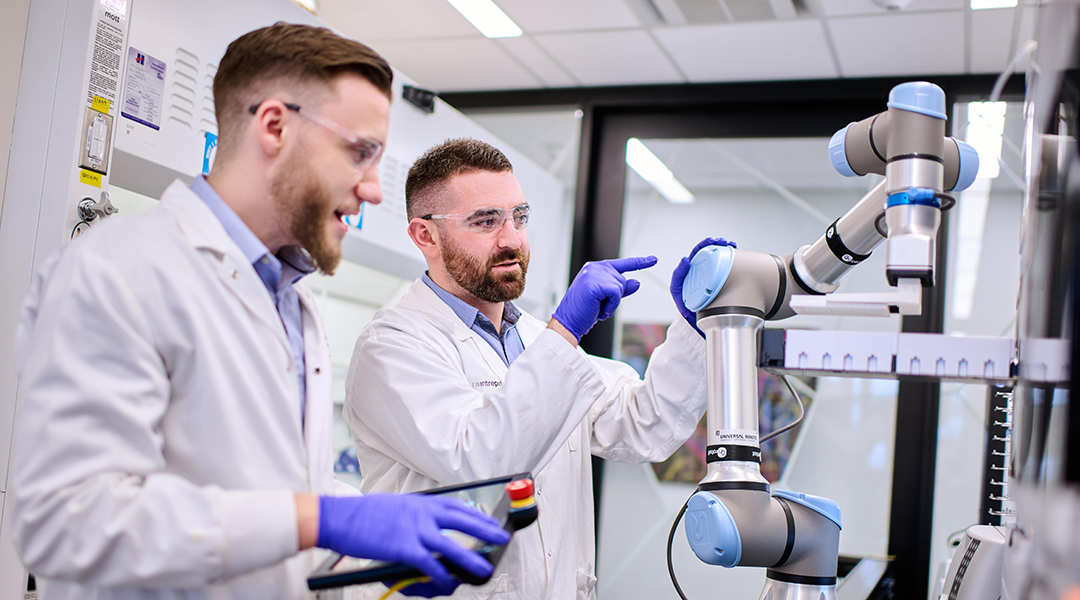
AI and robotics join forces to revamp how medications are made
Scientists are speeding up drug formulation to breath new life into old medications and reduce risk of clinical trial failure.
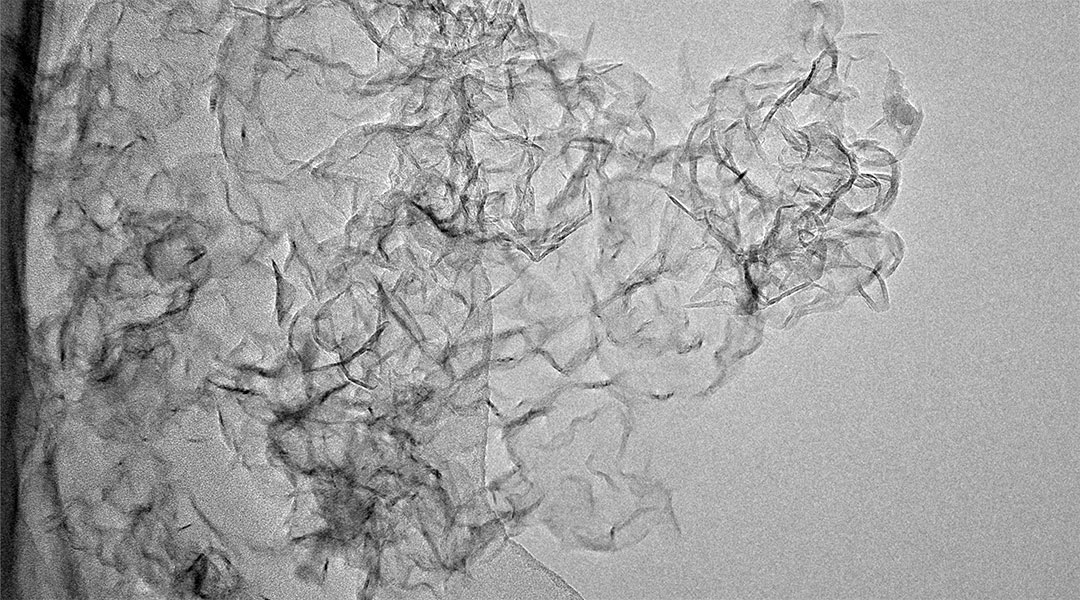
How can we spur plastic upcycling? Turn it into something valuable
Scientists convert harmful microplastics into valuable graphene using plasma, offering a promising solution for this type of pollution.

AI and robotics join forces to revamp how medications are made
Scientists are speeding up drug formulation to breath new life into old medications and reduce risk of clinical trial failure.

Could adding extra dimensions help solve the quantum gravity puzzle?
Adding extra dimensions to a theory known as “fuzzy gravity” may help bridge the gap between quantum mechanics and relativity.
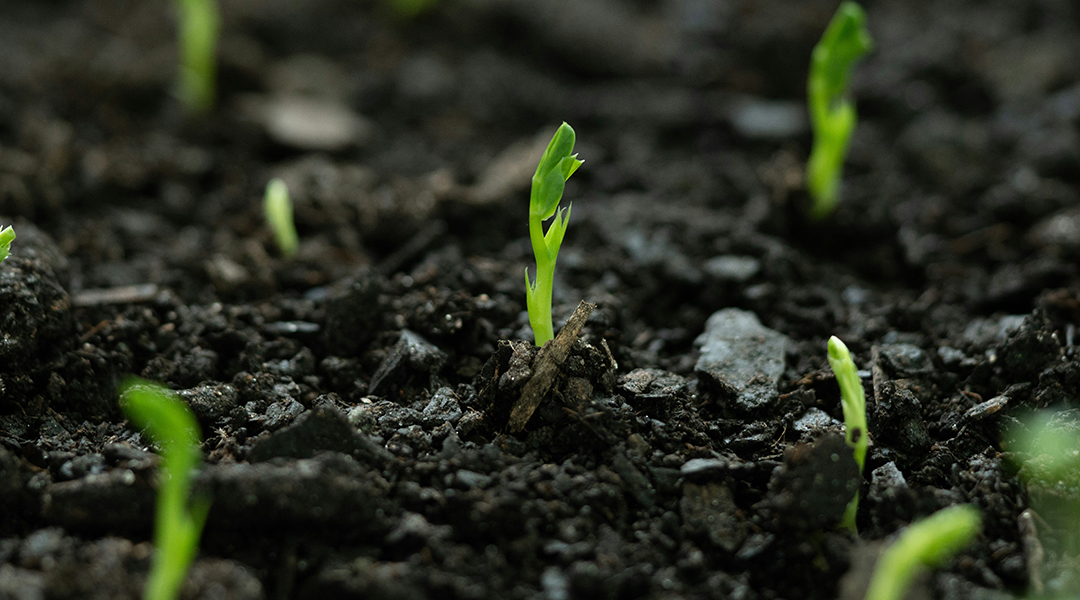
The threat beneath our feet: How soil microbes are losing the battle against crop disease
Just like our gut has helpful microbes, so too does the soil around plant roots. But what happens when antibiotics disrupt this balance?
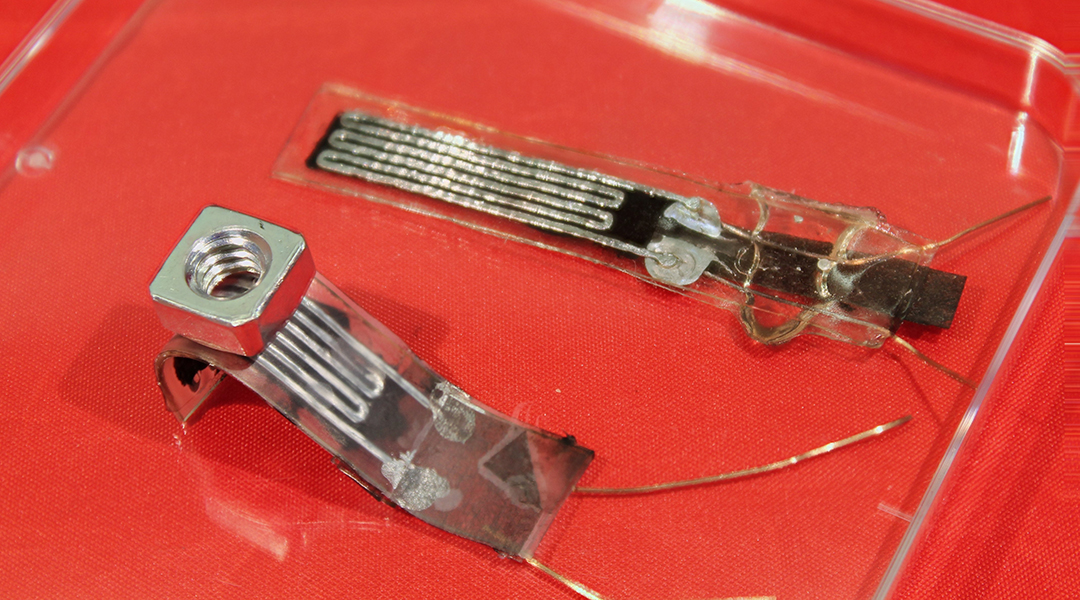
Making stickier tape
A new surface treatment enhances the adhesion of double-sided tape to make stickier tapes for soft electronics.

How do you make an electronic nose smart?
A smart electronic nose that mimics the human nose with its millions of receptor cells and ability to differentiate smells.
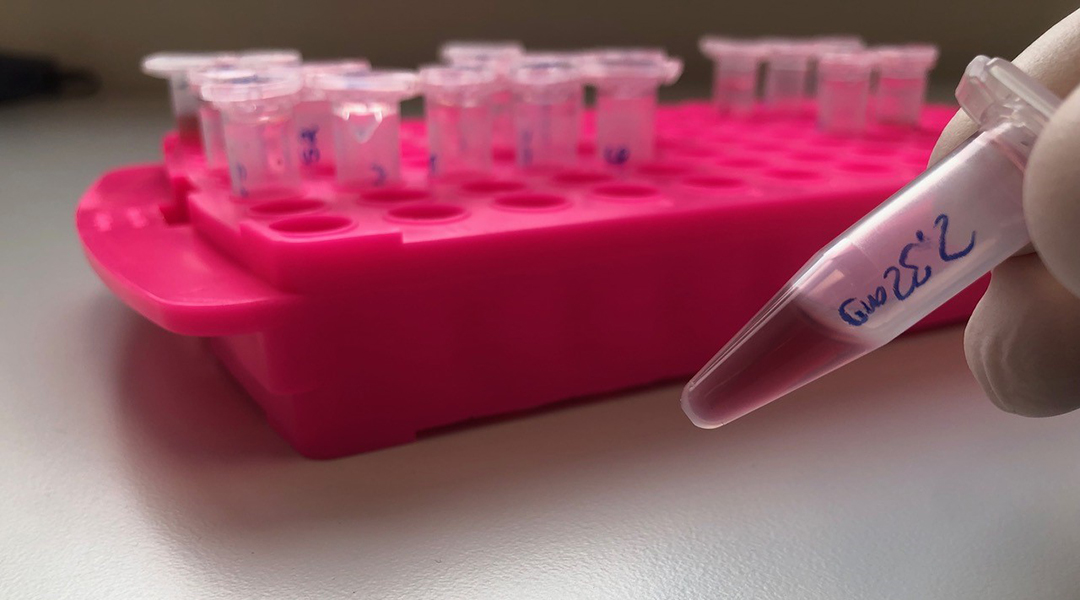
Broad-spectrum antivirals made from polymers
Polymer-based broad spectrum antivirals show activity against Zika, Ebola, HIV-1, the Herpes simplex virus, and now, SARS-CoV-2.

Citizen science: The future of research could be in the hands of many
Citizen science has the ability to improve scientific literacy and benefit communities by getting non-scientists involved in research.

Neuromodulation enabled by light-sensitive nanoparticles
Brains of mice controlled using light-emitting nanoparticles in a proof-of-concept study to show wireless neuromodulation.
ASN Weekly
Sign up for our weekly newsletter and receive the latest science news directly to your inbox.
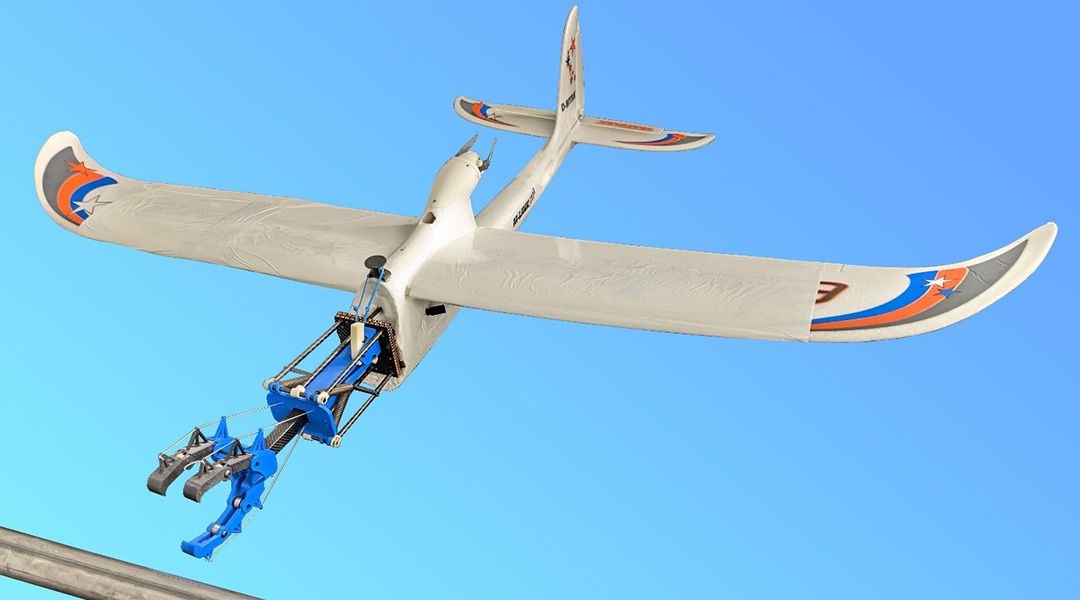
New drone claw prefers crash landings
A simple crash landing allows drones to perch while minimizing the need for complicated control strategies that increase computational load.
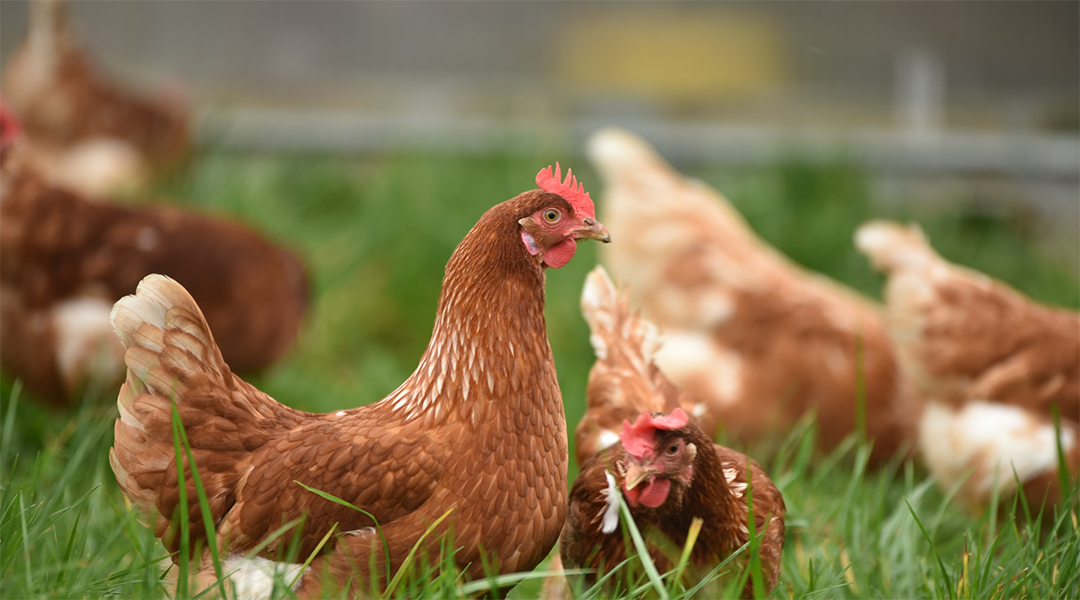
Could domestication be linked to animals’ gut bacteria?
Researchers look to the guts of chickens’ ancestors to gain insights into domestication.
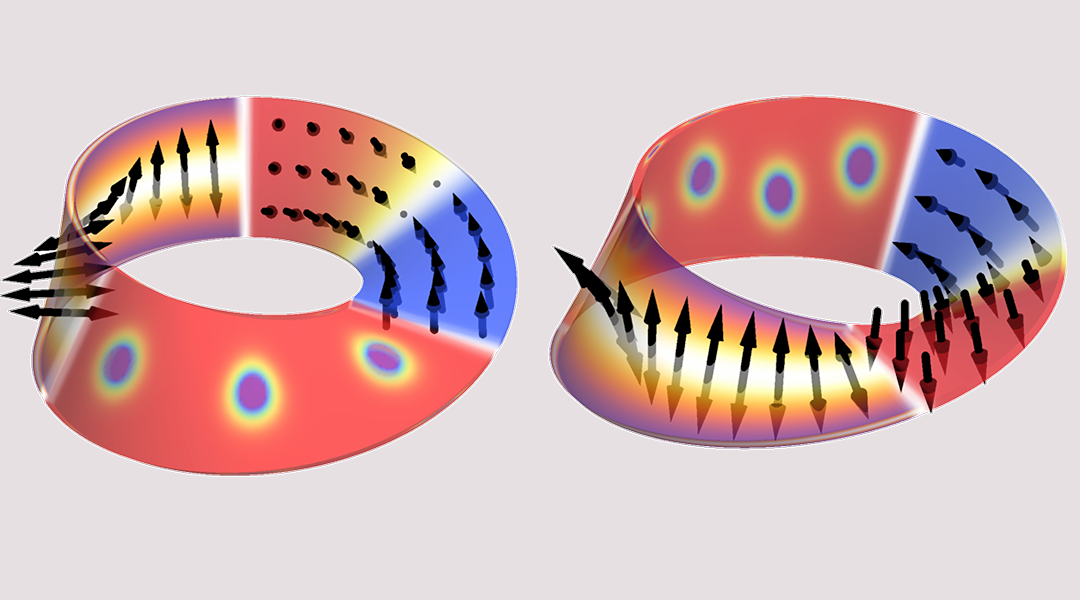
Revealing what’s beyond the 3D curvilinear architecture of reality
Predicting the properties of materials made easier through an understanding of their curvilinear geometries.
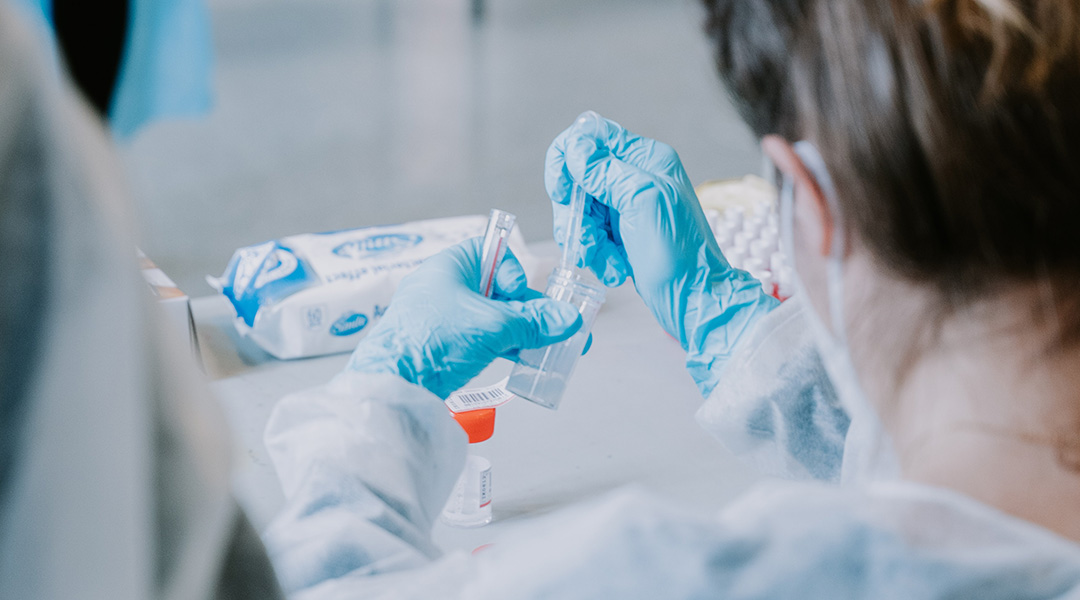
Omicron reduces vaccine efficacy, but boosters improve protection
Preliminary data indicates that booster shots improve antibody levels 25-fold compared to just two doses.
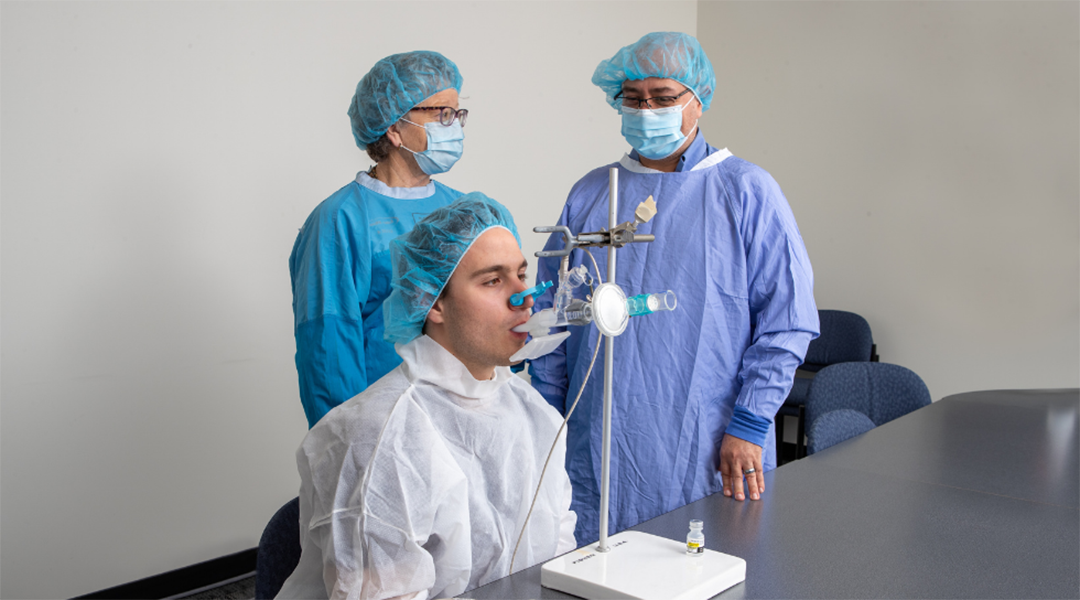
An inhaled COVID-19 vaccine makes it to human trials
The aerosol platform promises broader protection against SARS-CoV-2, and is currently being trialed as a booster.
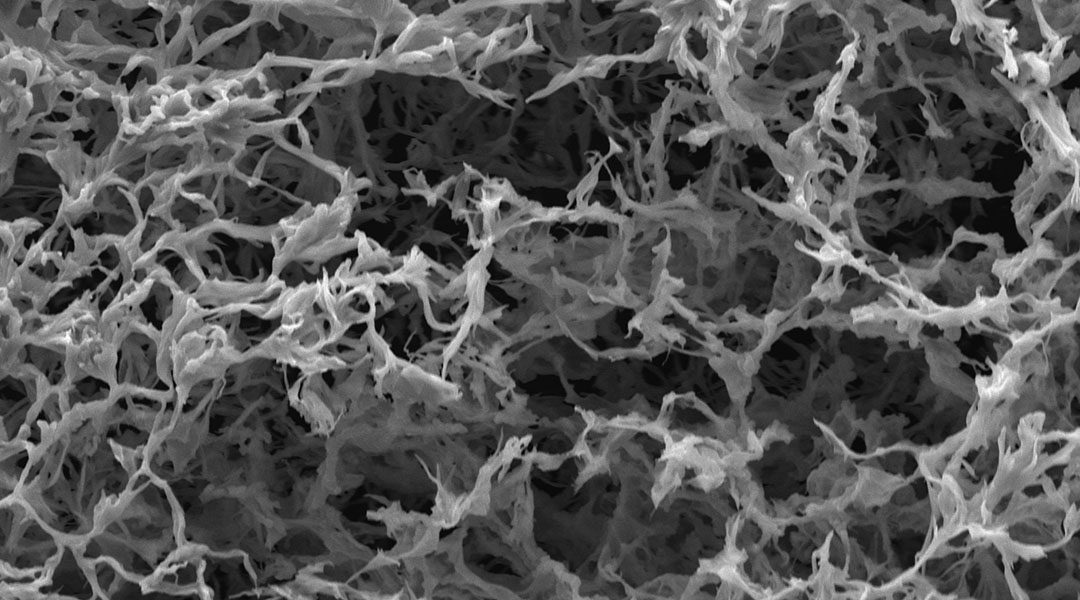
A long-lasting drug delivery system to treat HIV
This clever drug delivery platform could improve HIV patients’ adherence to treatment and help eradicate the virus.
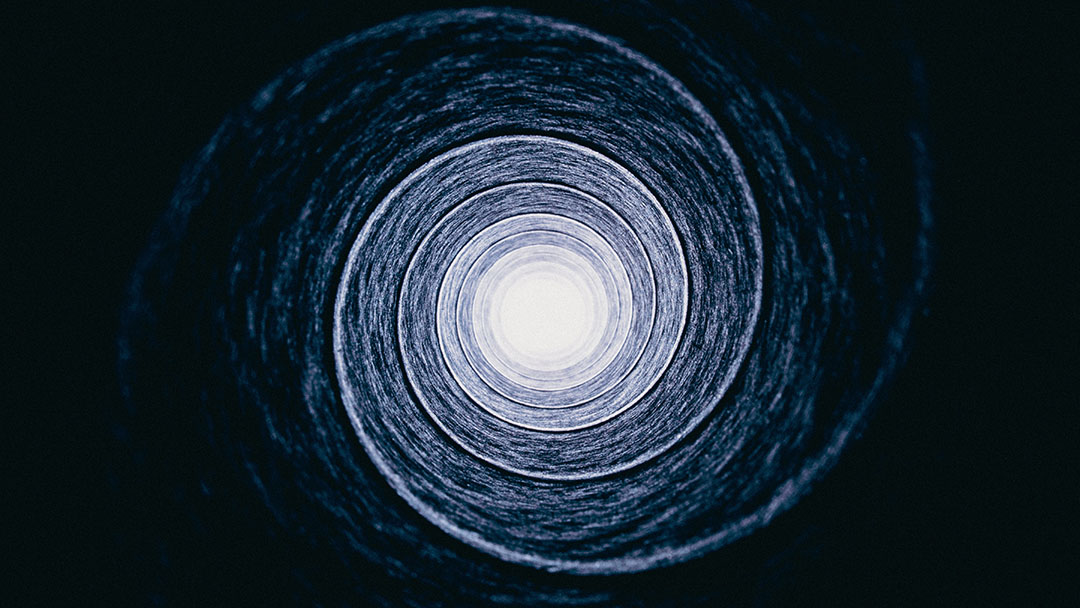
Discovery of a natural anti-stress pathway could help anxiety
A pathway in the brain that forms its natural stress response could be used to make new treatments for anxiety.
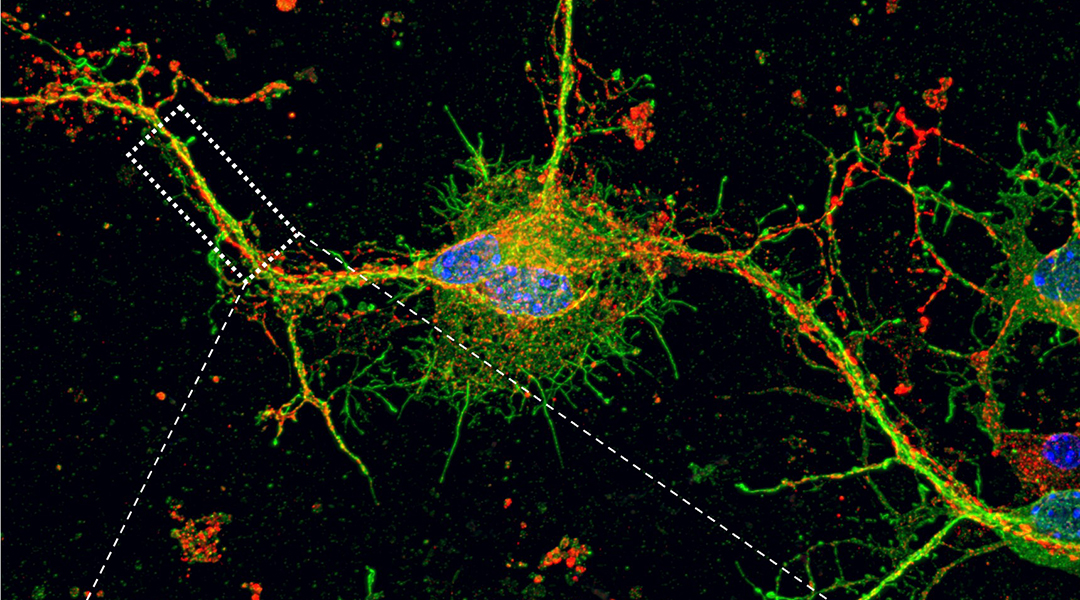
Scientists identify a new molecular mechanism for autism
High levels of nitric oxide, a signaling chemical in the brain, appear to contribute to the behavioral deficits observed in autism.

Keeping HIV at bay without antiviral drugs
A rare group of patients have been found to maintain a very low viral load and a functional immune system after stopping antiviral treatment.
A long-lasting drug delivery system to treat HIV
This clever drug delivery platform could improve HIV patients’ adherence to treatment and help eradicate the virus.
Discovery of a natural anti-stress pathway could help anxiety
A pathway in the brain that forms its natural stress response could be used to make new treatments for anxiety.
Scientists identify a new molecular mechanism for autism
High levels of nitric oxide, a signaling chemical in the brain, appear to contribute to the behavioral deficits observed in autism.
Keeping HIV at bay without antiviral drugs
A rare group of patients have been found to maintain a very low viral load and a functional immune system after stopping antiviral treatment.
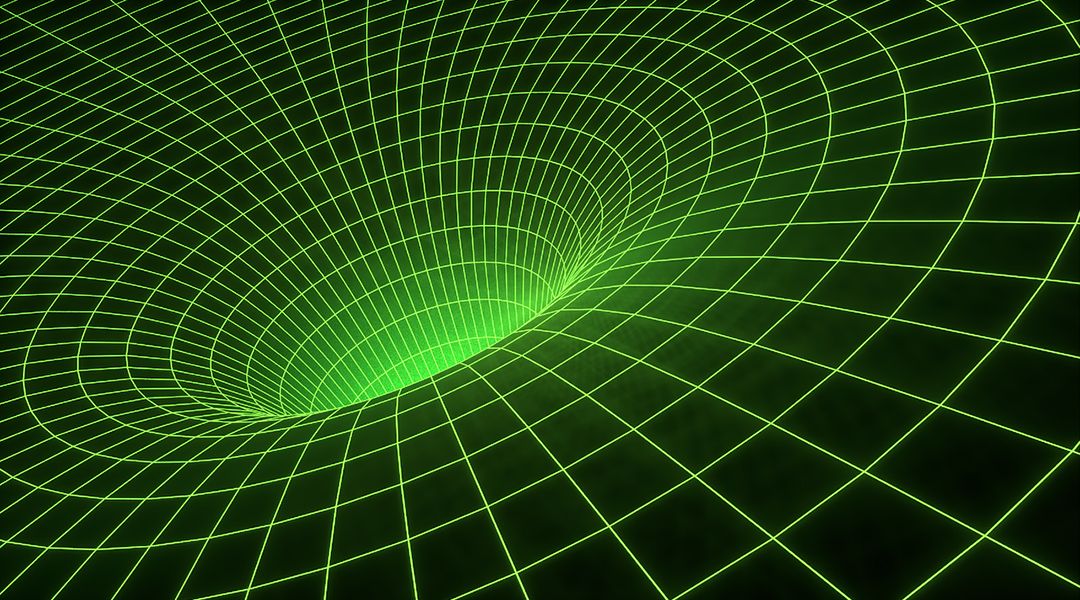
String theory used to describe the expanding universe
To address unknown quantum gravitational effects in the early universe, physicists have recruited string theory to help solve the problem.

Artificial physicist to unravel the laws of nature
Scientists hope that a new machine learning algorithm could one day be used to automate the discovery of new physical laws.

The dramatic story behind general relativity’s Nobel Prize snub
More than 100 years on after Einstein’s 1921 Nobel Prize, some confusion remains around the committee’s reasons for omitting relativity.

The curious case of a star-forming ring in the NGC 3182 galaxy
An unexpected finding in the heart of the NGC 3182 galaxy led to an intriguing search for the origins of a ring of star-forming gas.
String theory used to describe the expanding universe
To address unknown quantum gravitational effects in the early universe, physicists have recruited string theory to help solve the problem.
Artificial physicist to unravel the laws of nature
Scientists hope that a new machine learning algorithm could one day be used to automate the discovery of new physical laws.
The dramatic story behind general relativity’s Nobel Prize snub
More than 100 years on after Einstein’s 1921 Nobel Prize, some confusion remains around the committee’s reasons for omitting relativity.
The curious case of a star-forming ring in the NGC 3182 galaxy
An unexpected finding in the heart of the NGC 3182 galaxy led to an intriguing search for the origins of a ring of star-forming gas.

Laser-assisted 4D printing could open new avenues in science and technology
4D printing of metallic shape-morphing systems can be applied in many fields, including aerospace, smart manufacturing, naval equipment, and biomedical engineering.

Machines can impersonate humans, but the subconscious brain is not fooled
People cannot reliably tell whether a text is produced by a human or a machine — but subconscious neural activity reveals the true identity.

ChatGPT is making waves in the scientific literature
Crediting ChatGPT as an author on scientific papers has sparked debate around the role it should play in the scientific literature.
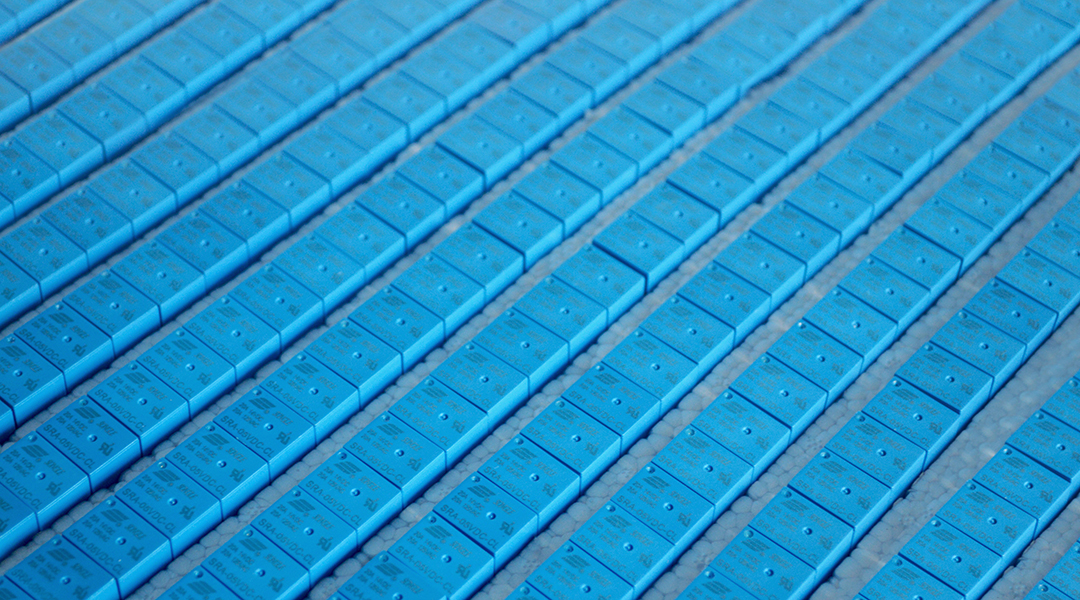
Eliminating computer errors by combining computation and memory
A device brings memory and processing together, helping minimizing errors and avoiding increasing energy demands due to huge amounts of data.
Laser-assisted 4D printing could open new avenues in science and technology
4D printing of metallic shape-morphing systems can be applied in many fields, including aerospace, smart manufacturing, naval equipment, and biomedical engineering.
Machines can impersonate humans, but the subconscious brain is not fooled
People cannot reliably tell whether a text is produced by a human or a machine — but subconscious neural activity reveals the true identity.
ChatGPT is making waves in the scientific literature
Crediting ChatGPT as an author on scientific papers has sparked debate around the role it should play in the scientific literature.
Eliminating computer errors by combining computation and memory
A device brings memory and processing together, helping minimizing errors and avoiding increasing energy demands due to huge amounts of data.
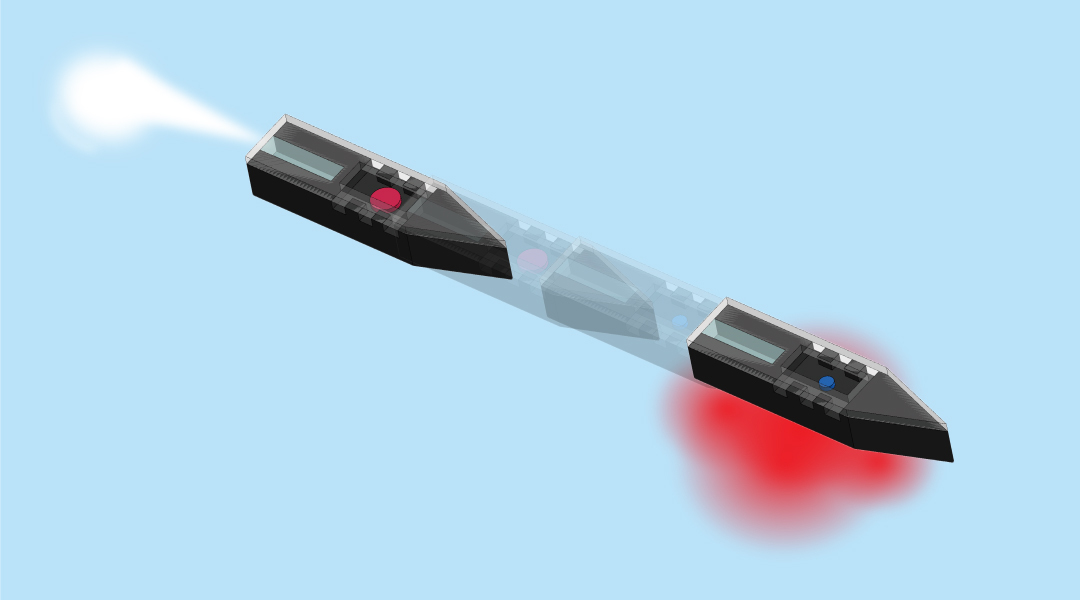
Color-changing microrobots help monitor the environment
Using stimuli-responsive hydrogels with regularly arranged colloidal particles, researchers create color-changing microrobots that can freely explore and gather information.
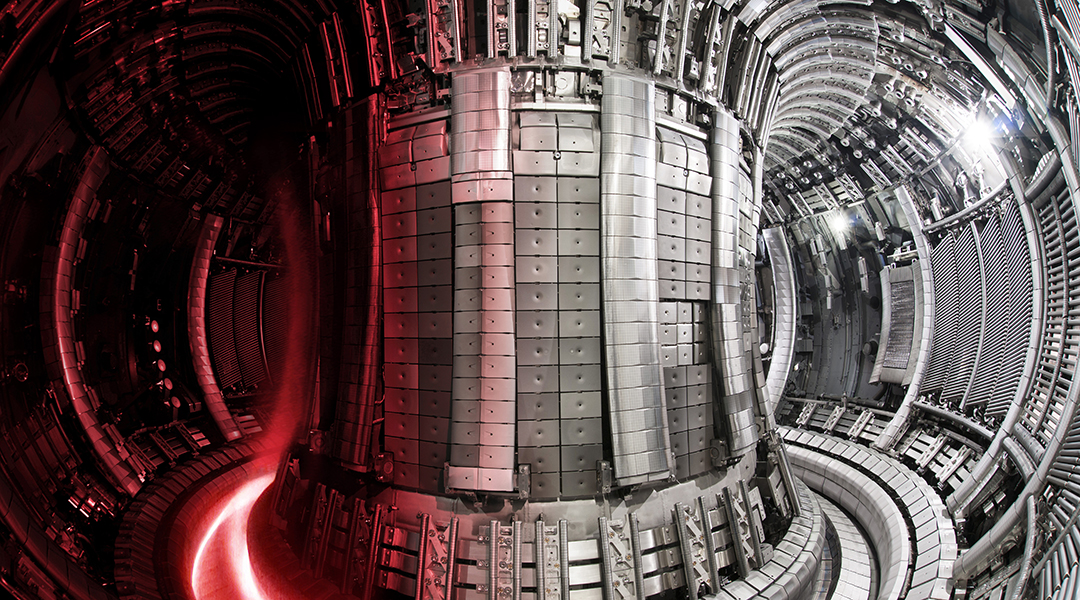
Nuclear fusion record broken by UK scientists
In a major breakthrough, scientists have demonstrated sustained nuclear fusion energy, providing hope for future large-scale projects.

Inspiring climate action by linking social and environmental change
We will not solve the climate crisis and inspire action without generating a shared emotional response to our changing world.

Where did all of Earth’s water come from?
A new study identifies that magnesium hydrosilicate, a compound present during the Earth’s formation, may be responsible for our planet’s abundant water.
Color-changing microrobots help monitor the environment
Using stimuli-responsive hydrogels with regularly arranged colloidal particles, researchers create color-changing microrobots that can freely explore and gather information.
Nuclear fusion record broken by UK scientists
In a major breakthrough, scientists have demonstrated sustained nuclear fusion energy, providing hope for future large-scale projects.
Inspiring climate action by linking social and environmental change
We will not solve the climate crisis and inspire action without generating a shared emotional response to our changing world.
Where did all of Earth’s water come from?
A new study identifies that magnesium hydrosilicate, a compound present during the Earth’s formation, may be responsible for our planet’s abundant water.
No Results Found
The page you requested could not be found. Try refining your search, or use the navigation above to locate the post.
No Results Found
The page you requested could not be found. Try refining your search, or use the navigation above to locate the post.
No Results Found
The page you requested could not be found. Try refining your search, or use the navigation above to locate the post.
No Results Found
The page you requested could not be found. Try refining your search, or use the navigation above to locate the post.






